I love libraries. I don’t often visit them because I own a book store, but the idea that we have built temples to free books and knowledge is lovely.
I wrote a paper or two in school at a big, old, stone library. There was always a feeling of discovery, to walk through the dimly lit stacks, heading towards a hidden away carrel, looking to both sides at all the amazing volumes with tantalizing titles. Some hadn’t been checked out in months or years, and library collections should be pruned, but the idea isn’t that just the most important or popular books are available. Rather, a full variety should be ready for that one time that someone needs a particular book. Libraries are for everyone.
Most of my G.I. Joe research has been interview-based. A little has involved Google. But around 2008 and ’09, I regularly spent mornings at an big, stone library near my home. I’d bring an old laptop with no modem. All this ThinkPad had was Minesweeper, Microsoft Word, and my G.I. Joe chapter drafts and interview transcripts. That work wasn’t actually research, just writing, but I needed a quiet space, and a temple of books could only help. Getting out of the house, away from the distractions of the landline, my cats, and the internet were key. I did a lot of good work at that library. Since then I’ve thought about getting back to that feeling, of writing in a quiet space where other people are researching and writing, to be surrounded by inspiring tomes of research and education. Not the din and bustle of a cafe, but the silence of a library. To sit amongst books is to feel closer to them.
Embedded in all of this is the idea that I like to read. Sure, movies and television are great, but comics and graphic novels, film and animation history, and fiction, are vital. And I like to read not just G.I. Joe stories, but about G.I. Joe. Its history. When I look through one of my interview transcripts, trying to find a specific fact, I get lost re-reading the whole thing. As I return to my chapter drafts, notes-to-self from months prior jump out: Fact check this, follow up on that, Google this. Another kind of reading has been on the horizon. For years I’ve known I needed to supplement the sections in my book on television that lead up to 1982 and ’83 when the G.I. Joe commercials and the half-hour series premiered. There are key players in TV circa 1980, and one that only got a sentence in my book ’til now is Peggy Charren. I knew just a little about her. Sooner or later I’d have to do some real research on her, some looking and reading. And “later” is now, or this past January, to be accurate.
“Real” research is probably more than sitting at home and reading the internet. Yes, there I can read and watch interviews from other G.I. Joe fan-researchers. Yes, G.I. Joe storyboard artists and toy designers regularly recollect on social media. Yes, that most popular search engine, and that best-known wiki are amazing resources, but they don’t offer everything, and sometimes they’re wrong. Indeed, this might mean going to the library. Let’s pick a narrow topic. Maybe you’re writing about your grandparent’s education, or an article on trends in films/TV/computers in the classroom. You’re wondering what films and film strips were available for classroom use in the 1940s. Maybe a fan, collector, or institution has that information online. But wouldn’t it be amazing if a book had been published annually with an alphabetical listing of every educational film and filmstrip?

Below, titles!
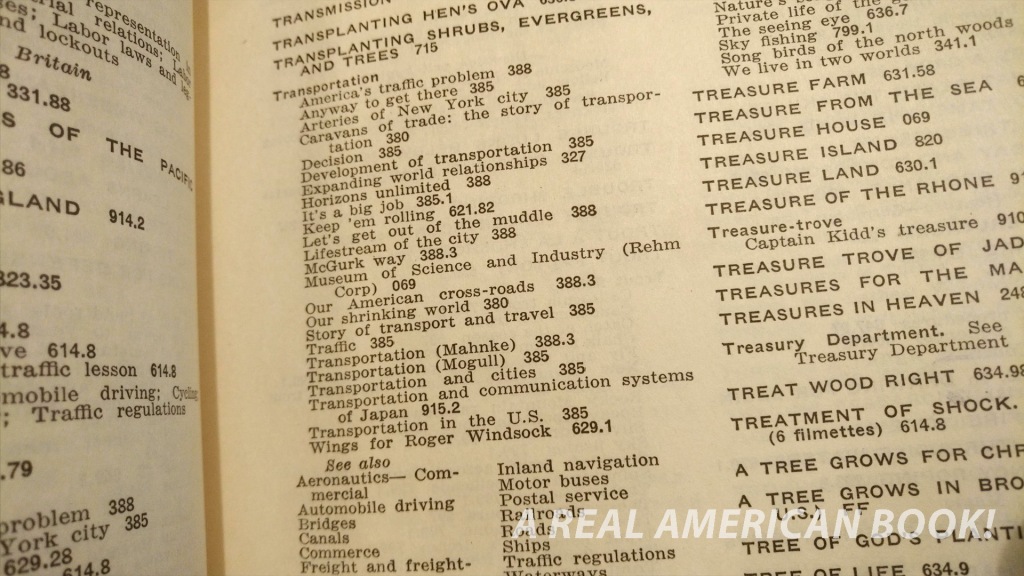
Amazingly, all of Peggy Charren’s papers are two miles from my home! If I needed to visit the Library of Congress or the Academy of Motion Picture Arts and Scientists, I would need to buy a plane ticket and get a hotel or lodge with family. Such a trip would be short, and I’d feel rushed. But Harvard University is one subway stop away, or a 25-minute walk. It has several libraries, one of which is the Graduate School of Education’s Gutman Library. And in the 1990s, when Peggy Charren’s consumer advocacy non-profit dissolved — that would be Action for Children’s Television (ACT) — its entire archive went to Gutman.
I had vaguely known this — Charren lived in Massachusetts.
Worth repeating about the internet: Not everything is available. (A comparison: Was every album ever released on vinyl then released on cassette? No. Was every film or show released on VHS then released on DVD? No. Is every movie ever released currently on some streaming service? No. So now substitute in “journal” or “trade magazine” for “movie” or “show.”) Indeed, many newspapers and magazines have been digitized and are available online. And yes, databases like JSTOR and LexisNexis offer many of them. Since I’m affiliated with an educational institution (that place where I worked for 17 years), I have free access. So by definition, something important or interesting about G.I. Joe or Hasbro or Sunbow may be out there. I’d still have to search the databases, and that can be challenging. Maybe I spend an hour clicking away and just don’t find much.
But what if an organization paid for a clipping service to cull newspapers and magazines from across the country for more than 20 years? And what if that non-profit kept every single article written about it, every single press release it ever generated, every single article that ever mentioned or quoted its president? And what if all of those articles, press releases, and clippings were in a few hundred acid-free boxes in a climate controlled storage space somewhere nearby? And if I asked nicely, the head librarian at that university could have those file boxes transported in and put in a room ALL FOR ME? Why, that would be amazing! And what if these boxes were organized by topic, like “Transformers” and “Thundercats,” and “National Association of Broadcasters 1979-1980,” and then “National Association of Broadcasters 1981-1982″? Gosh, it’s almost like a dozen internet searches have already been done for me! But these would be analog internet searches. And I’d just have to flip through all of these folders and pull out the ones that are of interest.
What a relief! My eyes can glaze over after staring at a screen for too long. But paper, real paper! Especially if it’s an original document, a newspaper page or a magazine clipping from 1985! Or in some cases, the whole magazine. Actually, in most cases, it’s photocopies from 1985 of that 1985 article — I’ll take it!
As someone who collects, I love the chance to handle original documents. As an artist and art teacher, I love seeing photography, graphic design, and illustration styles from previous eras. On a screen, it’s only kinda real. This whole endeavor was something of a time travel trip to when toy guns looked like real guns, journalists and advocates fretted about violence on television, and the commercialization of childhood was a prime topic.

A small drawback: Reading a piece of paper means I can’t copy and paste. (My wife tells me with an iPhone maybe I could? Tell me I’m a luddite in the comments, folks!) So I’ll have to write or type my own notes, and then organize those before I can choose what fact or quote might go into my book. (Just as writing as really rewriting, taking notes is really culling.) But taking these kinds of notes is a helpful way to internalize them. Indeed, this is much slower than finding an old Variety article on the Variety website, copying and pasting the part I need, and closing that tab. But I can get distracted by the internet. Sure, that Variety article is maybe just what I needed, but the chances are good that some tantalizing link or headline not related to G.I. Joe-in-the-‘80s will lure me down a rabbit hole. Jake Gyllenhaal says what about his time making the film Zodiac? The box office projection for summer 2024 is how different from a year earlier? And all of a sudden, it’s an hour later and I haven’t worked on my G.I. Joe history book. That is the great internet conundrum: It’s all there for you to find, but it’s also all there for you to find. But you know what there is to do when you’re in a little room with a box of articles about television shows from 1984 to 1988? Read a box of articles about television shows from 1984 to 1988. Like so:
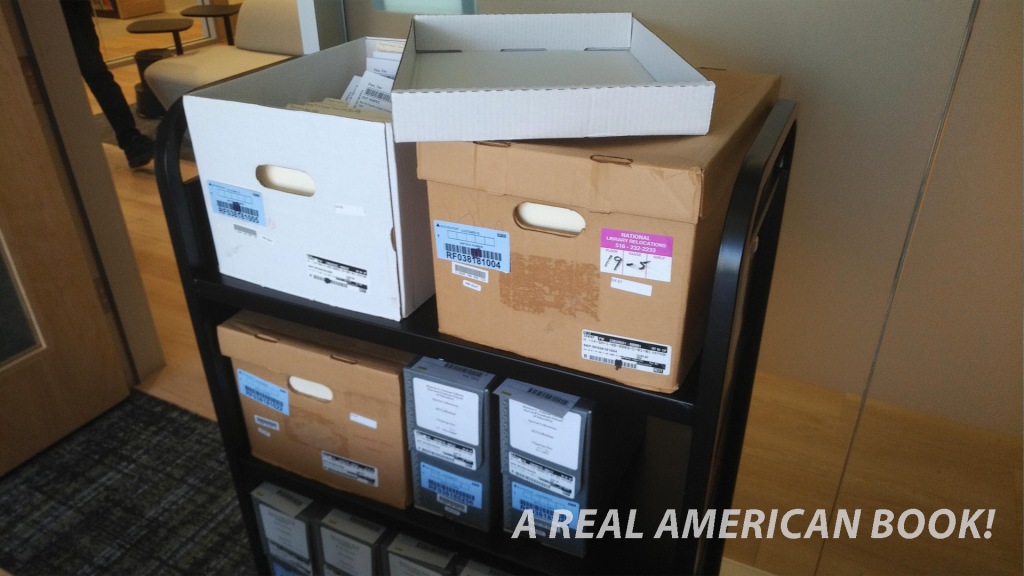
Well, skim might be more accurate. After all, I’m looking for particular facts.
And so, one Friday evening in January, instead of going out to a movie, I sent a query to Harvard’s Monroe C. Gutman Library as an independent researcher — that’s someone who’s not already a Harvard student, faculty, or staff person. I was looking for access to the the Peggy Charren/ACT Archive. Could someone tell me how to request a file box? Or how many file boxes I was allowed to request at a time? And how often could I stop by?
It turns out that there are rules in the Reading Room of a Special Collection at this library. Certainly no food. But even more, the only things I’m allowed to bring in are pencils, paper, my phone (for its camera), and my laptop. No water or food. No pens. My coat is in a locker out in the hallway. (I wore a scarf some days as the A/C was cranked.) This is where you joke about wearing white cotton gloves while handling the papers. Actually, I’m told that archivists don’t want you to wear those, because your fingers are more sensitive to page turning, and you might not realize you’re damaging a rare page with those gloves in the way. Interesting tools already in the room include book weights (think little sandbags to keep a book open so you don’t have to hold it down), a book stand (so a book opens but not all the way, so you don’t crack the spine), extra pencils and paper (in case you forgot), and page turners (these look like palette knives, imagine turning a page with a miniature spatula so your skin doesn’t touch potentially brittle paper). Here’s a gif I yanked from the library’s website! “Keep flat items flat.”

If you own old baseball cards, comic books, or artwork, this might all make sense! And yes, all the boxes are archival. And of course, none of the papers or articles I was reviewing could leave the library, much less the Reading Room. I was asked to review all the rules before I showed up. Then I spent several hours reading over the three huge lists of the various kinds of holdings in the archive. That’s 15 boxes of periodical clippings and press releases from 1968-1992, 62 boxes of folders on specific subjects, and 40 cartons of legal files and research reports. The good news is that a) most of this was out of the range of my search, and b) it would be easy to filter. It would only take a glance at such an index to know that a petition to the FTC against Hudson Pharmaceutical and its Spider-Man Vitamins in September 2, 1976, was beyond my search. Also skippable: 11 folders on Nickelodeon, one folder on children’s television in Finland, 1975-1978 (and another 19 on various other countries), and ACT’s own 20th anniversary celebration in 1988. That’s not to say that some of these wouldn’t be interesting! Maybe a helpful fact related to G.I. Joe might appear in a non-G.I. Joe folder. With that in mind, I started making a list of the most important folders to request, as well as some secondary ones. Terms of greatest interest: G.I. Joe, Hasbro, toys, Program-Length Commercials, the National Association of Broadcasters, FCC, FTC, syndication, advertising. Of secondary interest: Transformers, DuckTales, My Little Pony, Rambo.
On January 8th, I first visited Gutman in person. Don’t let the Brutalist architecture throw you, inside there’s all sorts of air and light. And life, like this lobby wall garden!
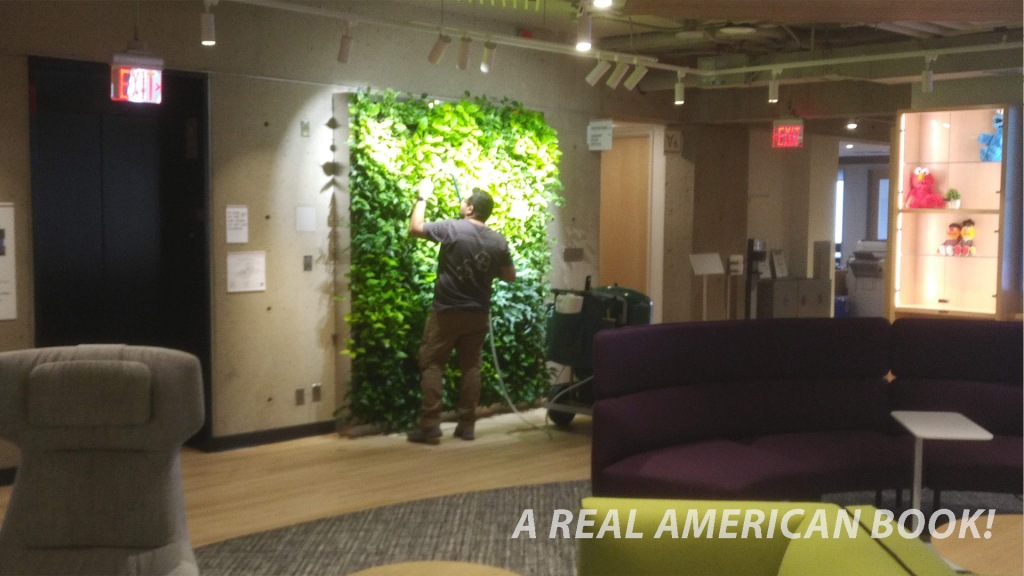
And some reminders of past strides in education–
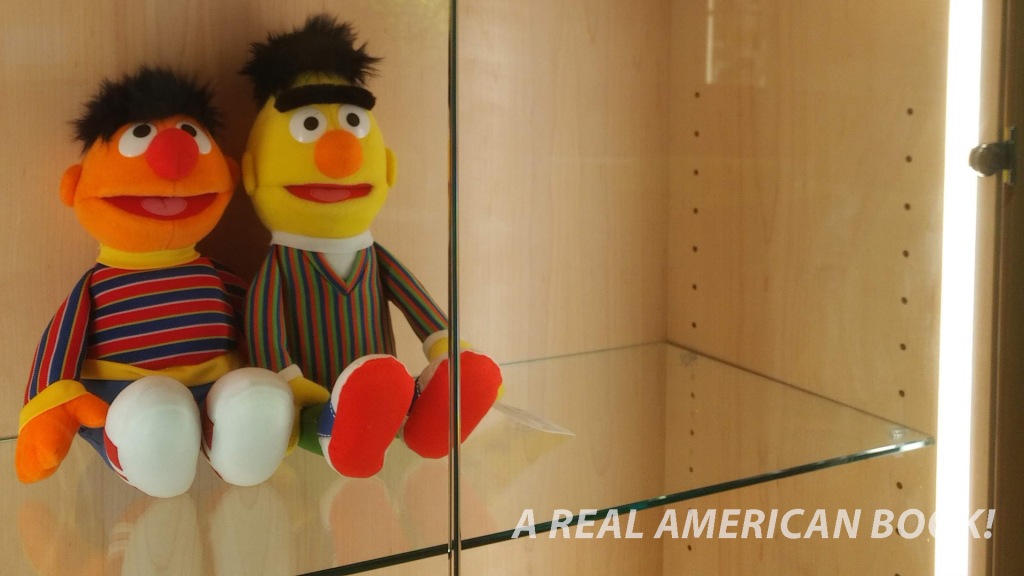
–which are a reminder that Gutman isn’t just any library, but the Harvard Graduate School of Education’s library. Not science, law, or general fiction. Other parts of the school have their own libraries. And through this doorway is an… Enterprise-D indoor picnic table?

Before I end this blog post and tease Part Two, I’ll leave you with a fun fact and a fun image, neither of which connect to G.I. Joe. First: Do you know how much a full-page color ad in Welsh Publishing’s DuckTales Magazine cost? Answer: $12,500.00. (That neat fact came from the April 25th, 1988 issue of Advertising Age.)
Second, maybe if you’re a mega MOTU fan you already know of this, or maybe the amazing he-man.org website once featured info about this. Or maybe not, good thing there are libraries!
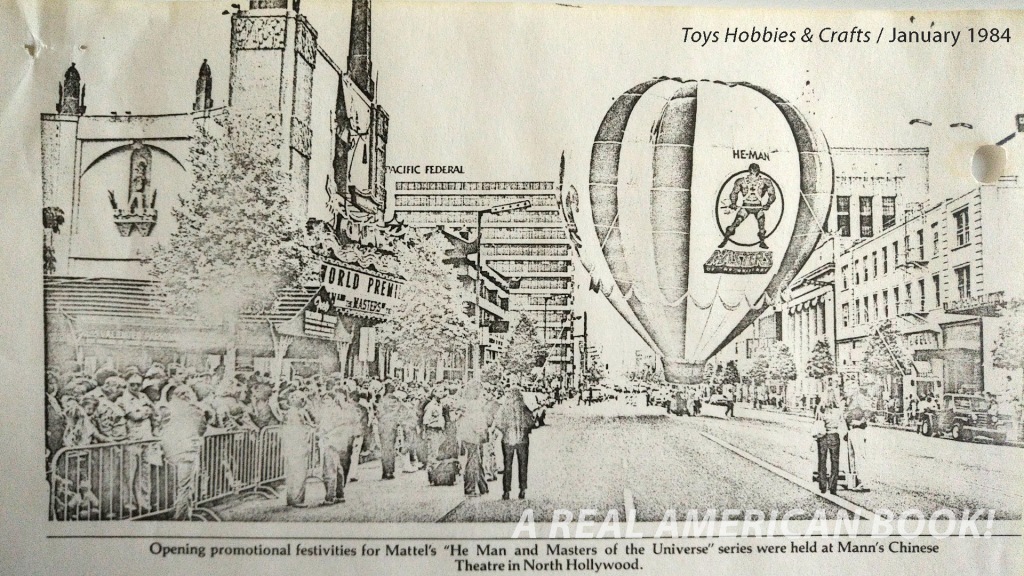
– – – – – – – – –
In Part Two, Tim reads some articles, takes some notes, and waxes more about libraries and archives.
Can’t wait and need to keep reading about G.I. Joe? Random post about the 1992 Duke action figure.

